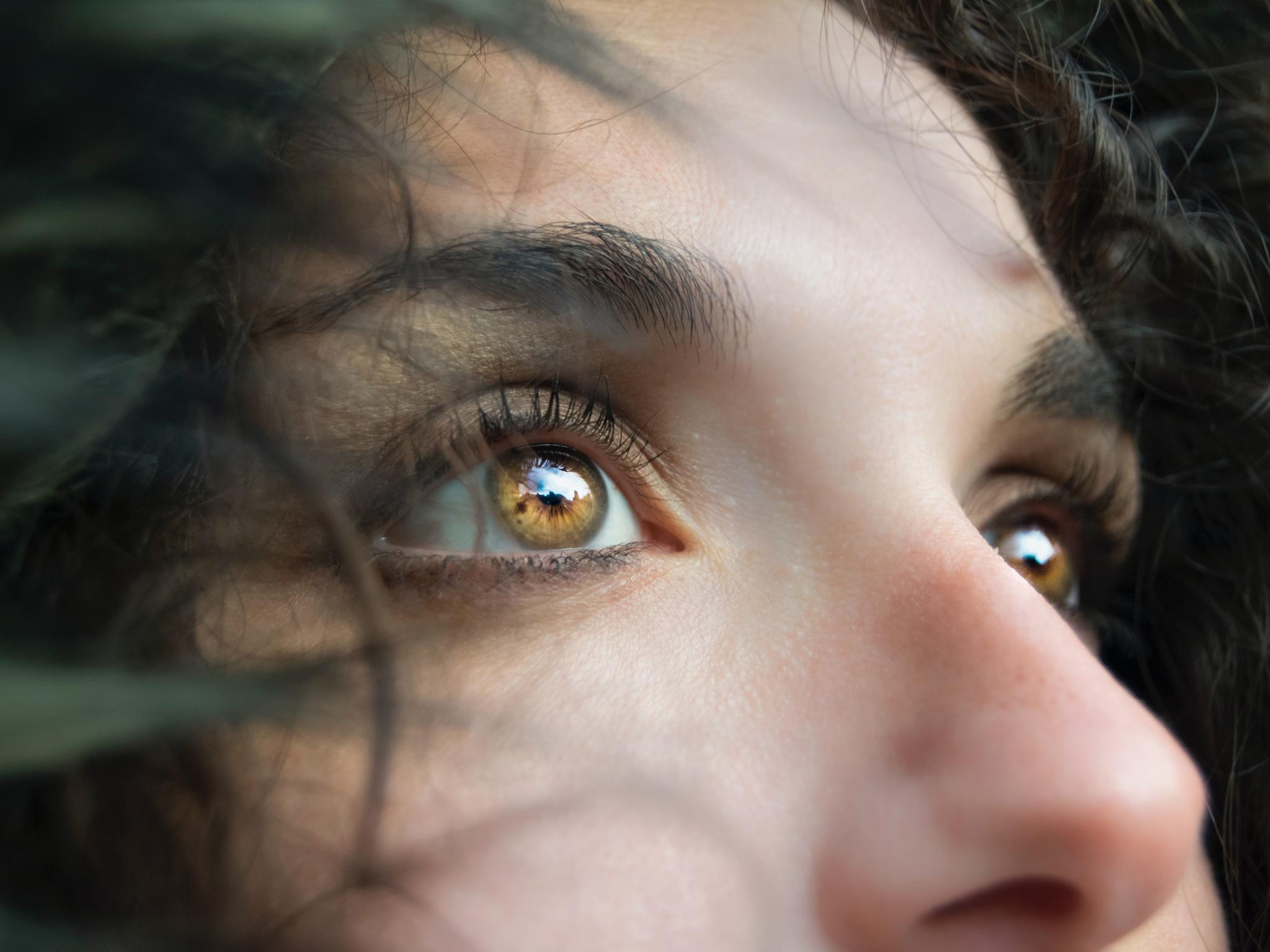
Regardless of how you use cannabis, one thing is clear – it can cause both immediate and long-term effects including changes in perception and increased heart rate, to name a few.
To that end, there are two sides to a story.
While there are studies that confirmed the negative effects of marijuana use, the number of those demonstrating the health benefits of cannabis, especially when used as a treatment for diseases such as cancer, continue to grow.
Still, every cannabis user must have wondered how to hide those little telltale signs that happen when smoking weed, with one being the most apparent – bloodshot eyes.
Caused by the dilation of the capillaries, due to THC, or the tetrahydrocannabinol binding to cannabinoid receptors, which when activated result in a mild rise in blood pressure and heart rate. Bloodshot eyes can be unpleasant and irritating.
Cannabis & Vison
But how does marijuana affect vision in the longer term?
According to a study published in the journal Scientific Reports last year, smoking weed considerably alters vision.
A team of researchers from the Department of Optics of the University of Granada (UGR) discovered that cannabis modifies key visual functions.
This study, led by Carolina Ortiz Herrera and Rosario González Anera, was conducted on 31 cannabis users when they consumed and also when they did not.
The researchers also looked into the participants’ perception of the visual effects of having consumed marijuana.
The results showed that functions such as visual acuity, contrast sensitivity, glare sensitivity, three-dimensional vision and the ability to focus substantially deteriorated.
However, many of the subjects did not report a worsening of their vision upon using cannabis. Some 30% even said that their vision had not suffered at all.
Cannabis & Glaucoma
Interestingly, patients with glaucoma have for years been prescribed marijuana to lower their intraocular pressure (IOP).
The condition, which comprises a group of eye diseases, damages the optic nerve that can lead to blindness, one of the qualifying conditions for which cannabis may be recommended in states where it is legal. The cannabinoids in marijuana reduce the production of fluid in the eye, which decreases the pressure on the optic nerve.
Photo: Courtesy of Marina Vitale on Unsplash







